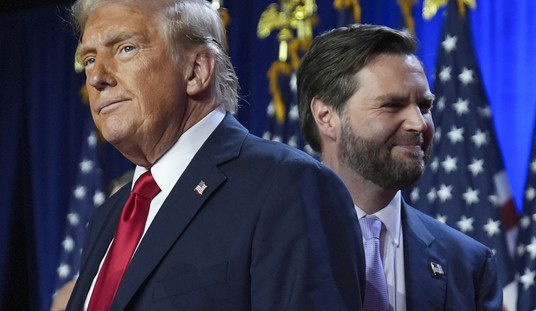We interrupt the mayhem of the hour for an update on what is becoming one of those eternal United Nations-backed creations — yes, it’s still out there — the Special Tribunal for Lebanon.
The immediate news is that on January 2, UN Secretary-General Ban Ki-moon extended the Tribunal’s mandate for another three years, so it looks likely to be with us until at least 2018.
Just in case anyone is by now finding it hard to remember what this Tribunal is doing:
Its origins hark back almost a decade, to the assassination on Valentine’s Day, 2005, of former Lebanese Prime Minister Rafik Hariri. He was murdered, along with 22 others, in a huge bomb blast on a road near the Beirut waterfront. The Lebanese responded with massive demonstrations, blaming Syria, and demanding that Syria end its occupation of Lebanon. At the request of the Lebanese government, the UN Security Council mandated the creation of the Special Tribunal for Lebanon (STL) to bring to justice those suspected in the attack.
Since that 2005 bomb blast in Beirut, a lot has happened in the world. In Lebanon, Syria withdrew, but Hezbollah — terrorist client of Iran and Syria — tightened its grip, provoked a summer war with Israel in 2006, and has since rearmed. In 2011 came the Arab Spring, soon drenched in blood. The Syrian rebellion turned into the Syrian civil war; amid the carnage, Syrian refugees poured into Lebanon. By 2013 came the Syrian regime’s use of chemical weapons, President Obama’s vanishing “red line,” and Russia’s intervention. Iran had its 2009 uprising and brutal crackdown. North Korea was caught helping the Syrian government build a secret nuclear reactor (destroyed in 2007 by an Israeli air strike), and carried out three nuclear tests, in 2006, 2009 and 2013. China changed presidents. America elected a new president, and then reelected him. In Libya came the overthrow and death of Muammar Qaddafi, the Benghazi attack and the death of a U.S. ambassador. In Russia, Vladimir Putin went from being president to being prime minister, then went back to being president, in which capacity he hosted the Olympics and invaded Ukraine. The U.S. pulled out of Iraq; ISIS arose; the U.S. went back into Iraq (though officially without boots on the ground). The era of cyber warfare began to dawn, from Stuxnet in 2009-2010, to the hacking of Sony in late 2014.
Meanwhile, at stately pace, the Special Tribunal for Lebanon set up shop, and carried on. Today, the STL has a nice building in the Netherlands, near the Hague. It has officials, administrative staff, and by 2012 had completed its transition to an electronic job recruitment system. It’s hard to tell at a glance just how much has been spent on this operation, because on the STL web site the most easily located budget figures are included in a timeline of key events, which appears not to have been updated since 2008. But the total cost by now must be well upwards of $120 million — given that as the Tribunal was being organized, in 2007, the UN Secretary-General estimated the costs (“exclusive of costs related to the preparation of the premises”) at $35 million for the first year of operation, $45 million for the second year, and $40 million for the third year. (With 49% of the funding to be contributed by the government of Lebanon, and 51% provided by voluntary contributions — for which the U.S. serves as a source of “strong financial support,” according to a 2013 State Department press release, though this press release did not provide any information on the actual amounts).
What about justice? After assorted delays, the Lebanon Tribunal began its trials in January, 2014. There is now a grand total of five Hezbollah members under indictment. None are in custody. As Lebanon’s Daily Star reports, Hezbollah “has refused to acknowledge the trials or turn over the defendants.” In sum, almost 10 years after the bombing, huge resources have been spent, plenty of officials have been employed, but the delivery of justice remains a distant and elusive goal.
Note: It’s not as bad as the court created in conjunction with the UN in Cambodia to try leaders of the Khmer Rouge, though that sets an awfully low bar. The genocidal rule of the Khmer Rouge ran from 1975-1979. The court did not begin its work until 2006, as NRO’s Jay Nordlinger reported in a column on “A Court in Cambodia.” One of the top Khmer Rouge leaders, Ieng Sary, was not indicted until 2010. He died in 2013, at the age of 87, before his trial had been completed.









Join the conversation as a VIP Member